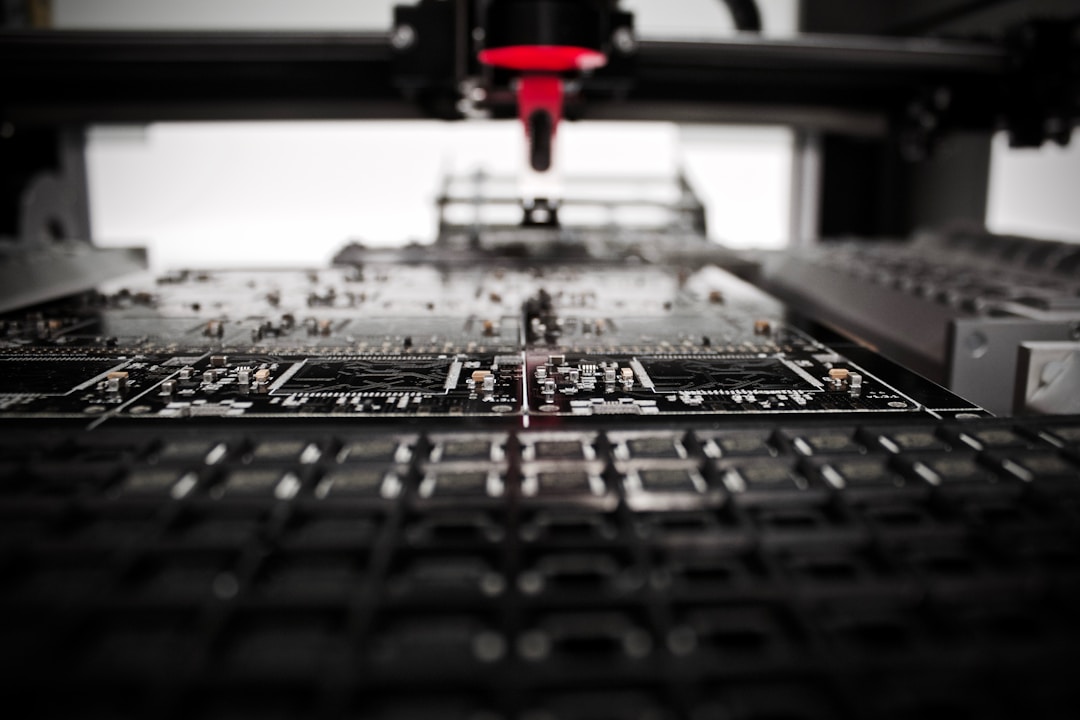Long-lasting electronics are not just a dream for consumers but a goal for electronic manufacturers as well. Increased product longevity positively impacts a company’s reputation by contributing to a reduced carbon footprint and promoting a more sustainable world. Making changes to production processes and material selection contributes to improved lifespan and quality for electronics. In this article, we will discuss some crucial factors in electronics manufacturing that can enhance product longevity. Keep reading to learn more.
Importance of Material Selection

Choosing the right materials for manufacturing electronic products is crucial in ensuring longevity. High-quality and durable materials are better equipped to handle the wear and tear of everyday use, thus extending the life of electronic devices. Quality materials will also have a greater resistance to environmental factors such as temperature, humidity, and dust, which can degrade electronic components over time. Consider investing in materials that have proven durability and offer protection against adverse conditions, even if they come at a higher cost. The long-term benefits of using high-quality materials will far outweigh the initial expense.
Additionally, selecting materials that aid in efficient heat dissipation can further enhance the lifespan of electronic products. Overheating is a common cause of premature component failure in electronics. Opting for materials that help in mitigating heat buildup is beneficial. For example, integrating caps & plugs made from thermally conductive materials can effectively dissipate heat, reducing the probability of component degradation and failure.
Conducting thorough material testing before incorporating them into the manufacturing process ensures that the chosen materials meet industry standards and can withstand demanding situations. Material testing can also help you identify potential weaknesses in your product and allows you to address these issues before they cause problems during the product’s life cycle.
Implementing Advanced Manufacturing Technologies
Advanced manufacturing technologies, such as robotics and automation, can improve product longevity by enhancing production accuracy and consistency. Automated systems minimize human error and can execute tasks with unparalleled precision. The reduction in errors leads to lower defect rates and higher-quality electronic products, contributing to increased product longevity.
3D printing technology is another avenue for improving product durability in electronics manufacturing. Traditional manufacturing processes may impose limitations on component design, resulting in weaker structures or the need for multiple parts which can wear and cause product failure. However, with 3D printing, complex designs can be easily achieved in a single piece, minimizing weak points and creating more robust and durable electronic components.
Smart manufacturing, which integrates digital technologies such as IoT, big data, and artificial intelligence, allows for better process control throughout the production chain. It provides real-time feedback on production processes, enabling manufacturers to make adjustments and address issues much faster than with manual inspections. Continuous monitoring and optimization of manufacturing processes help create higher-quality electronic products with longer lifespans.
Focus on Design for Reliability (DfR) Principles
Designing electronic products with reliability in mind is an excellent way to improve product longevity. Design for Reliability (DfR) principles encourage manufacturers to optimize the design process to consider product functionality and emphasize durability and long-term reliability.
One aspect of DfR is the use of simulation and modeling during the design process. By simulating and stress-testing the electronic devices in various conditions before production, manufacturers can identify potential failure points and make modifications to enhance the product’s durability. This proactive approach ensures that the final product has a higher likelihood of withstanding daily wear and tear and lasting longer.
Establishing a Robust Quality Control System

An effective quality control system is indispensable in the quest for improved product longevity in electronics manufacturing. A robust quality control process ensures that the final product is fully compliant with design specifications and has passed all testing and validation checks. Moreover, it helps to detect any defects in the electronic product before it reaches customers, which can make the difference between a product with a short life and one that lasts for years.
Adopting a continuous improvement mindset is another crucial factor for a successful quality control system. Regular root cause analysis of detected defects, corrective and preventive actions, and constant monitoring of quality-related metrics will drive improvements in product longevity.
These fundamental strategies can greatly improve product longevity in electronics manufacturing and benefit the companies involved.

